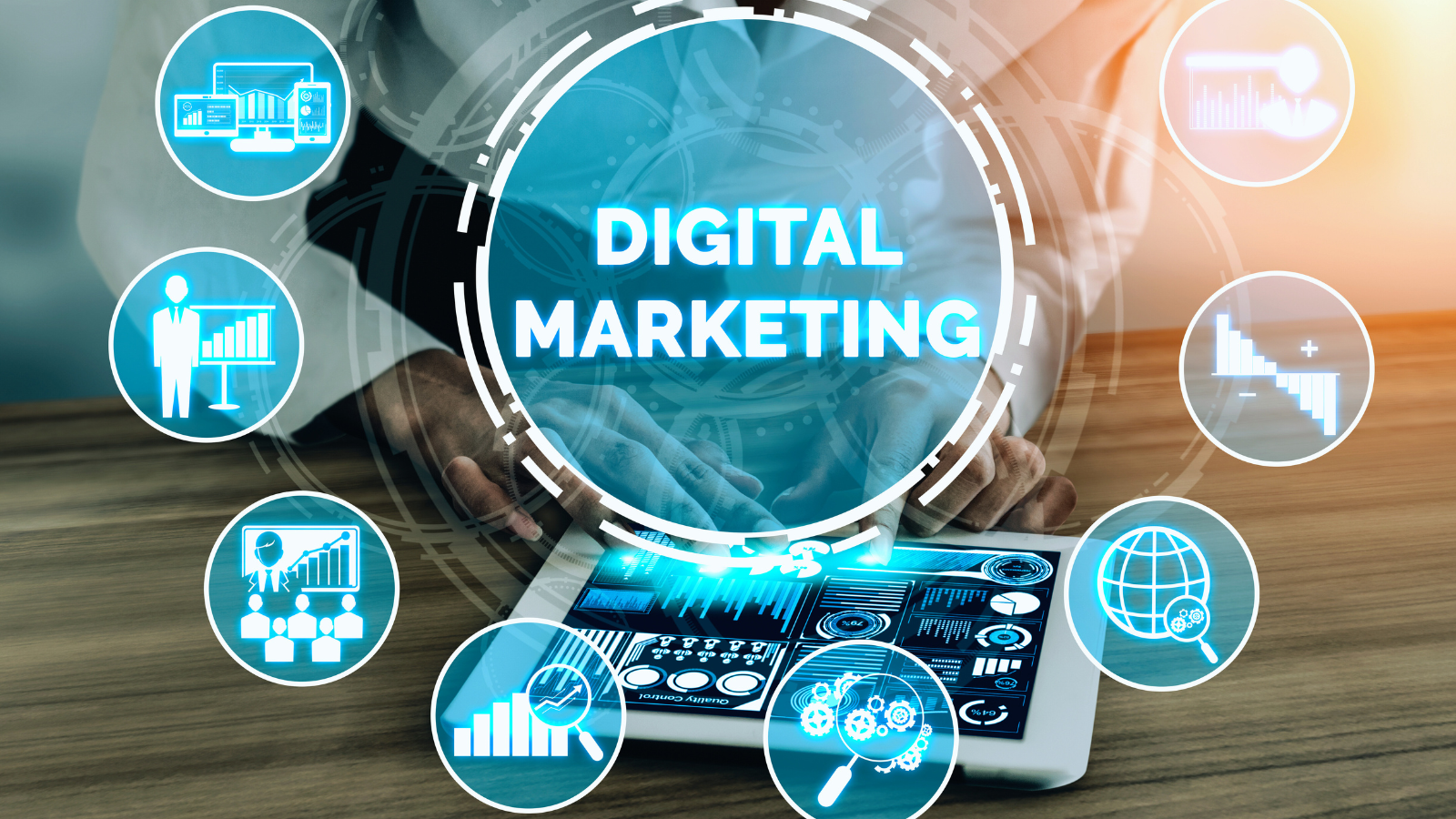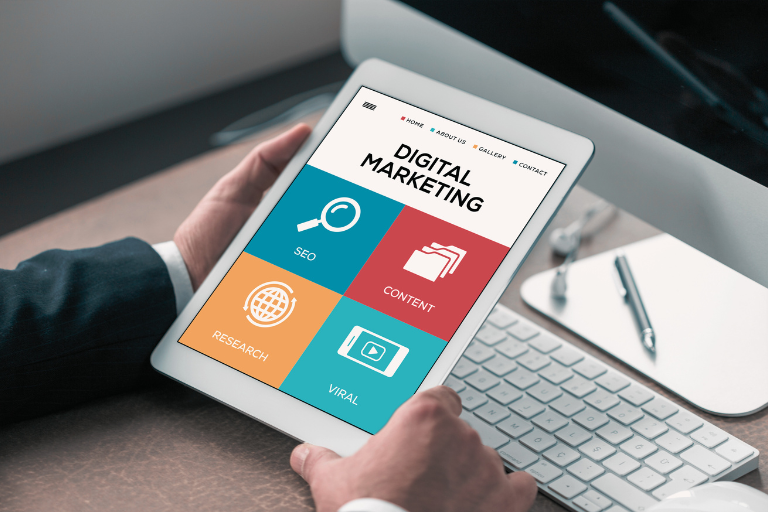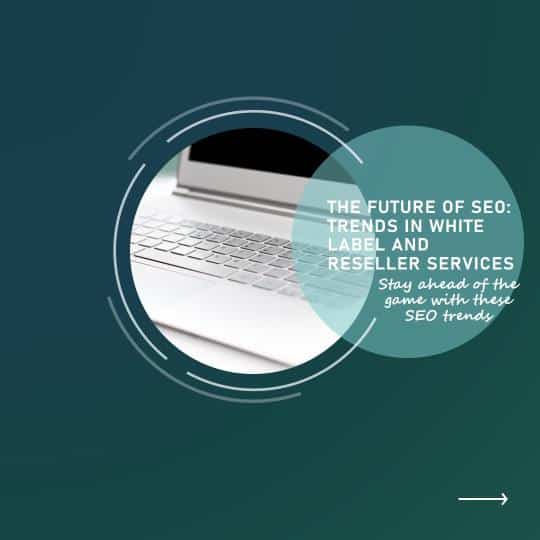Opening Insights: The Foundation of Scaling Your Digital Marketing Agency
The Digital Marketing Landscape and the Need for Sustainable Growth
The digital marketing industry is a dynamic and rapidly evolving space. With increasing competition and ever-changing consumer behavior, agencies must continuously innovate to stay ahead. While launching a digital marketing agency is relatively easy, scaling it sustainably requires a strategic approach. Many agencies struggle with growth due to challenges such as inconsistent lead generation, difficulty in hiring the right talent, and inefficient pricing models.
A successful agency does not just acquire more clients—it builds a scalable infrastructure that allows for sustainable expansion while maintaining quality service delivery. Scaling requires optimizing operations, refining pricing strategies, and leveraging technology to enhance efficiency.
This article outlines proven strategies that digital marketing agencies can implement to achieve consistent growth. These strategies focus on specialization, service optimization, lead generation, pricing models, team development, client retention, automation, and strategic expansion. By following these principles, agencies can establish a predictable and profitable growth trajectory.
1. Defining Your Niche and Ideal Clientele
Why Specialization Leads to Faster Growth
One of the most effective strategies for scaling a digital marketing agency is specialization. Many agencies attempt to serve a wide range of industries, but this often results in diluted expertise and difficulty in delivering consistent results. Specialization allows an agency to:
- Position itself as an industry expert, making it easier to attract high-value clients.
- Develop tailored solutions that address specific pain points within an industry.
- Improve client retention by offering proven strategies that deliver measurable results.
- Charge higher fees due to specialized expertise.
How to Identify a Profitable Niche
Selecting the right niche requires a balance between market demand and agency capabilities. A profitable niche should have:
- Growing market demand (e.g., e-commerce, SaaS, legal, healthcare, finance).
- Businesses with high customer lifetime value (CLV) to justify higher marketing spend.
- An underserved audience where competition is relatively low but demand is high.
Conducting Market Research to Understand Client Pain Points
Conducting in-depth market research helps agencies understand the key challenges businesses face. Methods include:
- Surveying potential clients about their marketing struggles.
- Analyzing competitor agencies to identify service gaps.
- Using keyword research tools to find trending industry pain points.
Case Studies of Successful Niche-Focused Agencies
- Agency A focused exclusively on SaaS companies, increasing its client retention rate by 45%.
- Agency B specialized in healthcare marketing, helping clients generate 3x ROI through targeted SEO and content strategies.
2. Strengthening Your Service Offerings
Evaluating Current Services and Identifying Gaps
A common challenge in scaling is offering too many low-value services that do not drive significant revenue. Agencies should conduct regular service audits to identify:
- Services that generate the highest profit margins.
- Services that are time-consuming but low in ROI.
- Emerging services that clients are actively seeking.
Adding High-Value, High-Margin Services
Scaling an agency requires offering premium services that justify higher pricing. Examples include:
- AI-driven advertising optimization for better conversion rates.
- Conversion rate optimization (CRO) to enhance client revenue.
- Advanced analytics and attribution modeling for improved campaign performance.
The Role of Automation and AI in Streamlining Services
Agencies should integrate AI-powered tools to improve efficiency. Examples include:
- AI-driven chatbots for customer engagement.
- Automated ad bidding for optimizing PPC campaigns.
- AI-based content generation tools to streamline content marketing.
Bundling Services to Increase Client Retention
To increase client lifetime value (LTV), agencies should offer service bundles such as:
- SEO + Content Marketing + PPC Advertising.
- Social Media Management + Email Marketing + CRM Automation.
3. Developing a Scalable Client Acquisition System
The Importance of Predictable Lead Generation
Agencies must build a consistent and scalable lead generation system to sustain growth. Without predictable leads, revenue fluctuates, making it difficult to scale.
Inbound Marketing Strategies
- SEO-Optimized Content: Publishing high-quality blog posts and case studies.
- Webinars & Online Workshops: Establishing thought leadership.
- Lead Magnets: Offering free resources such as eBooks and reports in exchange for email subscriptions.
Outbound Tactics for Growth
- Cold Email Outreach: Targeting decision-makers with personalized outreach.
- LinkedIn Networking: Using LinkedIn Sales Navigator to engage prospects.
- Paid Advertising: Running PPC campaigns to attract targeted clients.
Building Strategic Partnerships and Referral Programs
Establish referral incentives for existing clients and partner with complementary service providers (e.g., web development firms, PR agencies).
4. Optimizing Pricing Models for Profitability
Transitioning from Hourly Rates to Value-Based Pricing
Charging based on results delivered rather than hourly rates increases profitability and perceived value.
Implementing Retainer-Based Contracts for Recurring Revenue
Retainer models provide financial stability by securing long-term client relationships.
Upselling and Cross-Selling Techniques
- Upsell: Upgrade SEO clients to include PPC management.
- Cross-sell: Offer email marketing services to social media clients.
Pricing Psychology and Perceived Value Strategies
- Tiered pricing to offer different service levels.
- Anchor pricing to position premium services effectively.
5. Building a High-Performance Team
Hiring for Growth: In-House vs. Outsourcing
- In-house hiring offers greater control but is costly.
- Outsourcing provides scalability at a lower cost.
Training and Upskilling Employees
Agencies must invest in continuous education to keep up with industry trends.
Leveraging Remote Teams for Cost Efficiency
Remote teams allow access to global talent while reducing overhead costs.
Creating a Culture of Innovation and Client-Centric Focus
Encourage collaboration and client-first thinking to maintain high service quality.
6. Strengthening Client Retention and Relationship Management
The Impact of Client Experience on Agency Growth
Client satisfaction directly impacts retention rates and referrals.
Proactive Communication and Performance Reporting
- Monthly strategy calls with clients.
- Transparent performance tracking dashboards.
Offering Exclusive Perks and Personalized Service
- Custom growth roadmaps for high-value clients.
- VIP early access to new services.
Establishing Loyalty Programs and Long-Term Incentives
- Discounted renewals for long-term clients.
- Bonus services for client referrals.
7. Leveraging Technology and Automation for Efficiency
Must-Have Tools for Agency Management
- CRM (HubSpot, Salesforce).
- Project Management (Trello, Asana).
Automating Repetitive Tasks
- AI chatbots for customer service.
- Automated social media scheduling.
Using Data-Driven Decision-Making for Continuous Improvement
Tracking KPIs to refine strategies and optimize ad spend.
8. Expanding Through Strategic Partnerships and Acquisitions
The Power of Collaborations in Agency Growth
Partner with web development agencies and SaaS companies for mutual growth.
White-Label Services and Joint Ventures
Offer white-label SEO, PPC, or content marketing to other agencies.
When and How to Acquire Smaller Agencies
If acquisition makes sense, target agencies with:
- Complementary services.
- Strong client base.
Key Takeaways: Actionable Steps for Scaling Your Digital Marketing Agency
Common Mistakes to Avoid When Scaling
- Serving too many industries instead of specializing.
- Underpricing services.
- Ignoring automation and AI advancements.
Next Steps for Implementation
- Audit your agency’s current growth strategy.
- Implement one or two high-impact strategies first.
- Continuously refine based on performance metrics.
By following these proven growth strategies, agencies can build a sustainable, profitable, and scalable business model in the ever-evolving digital marketing landscape.





